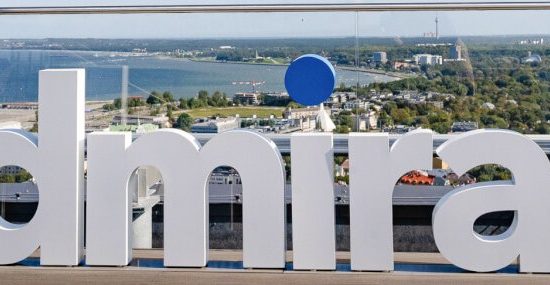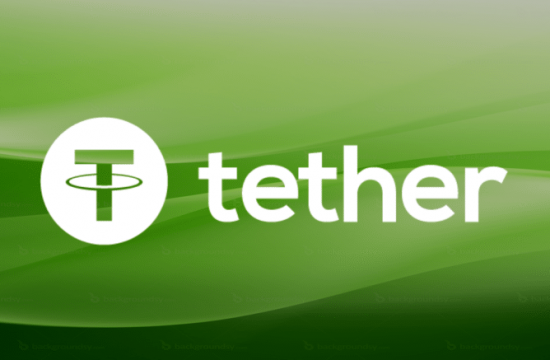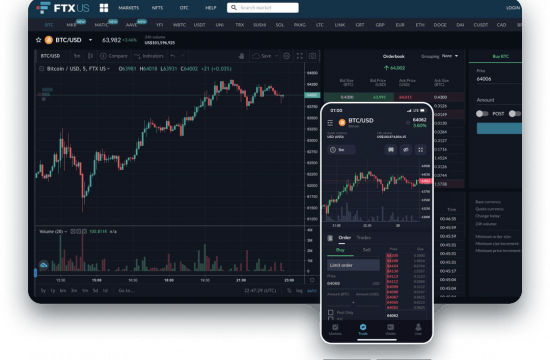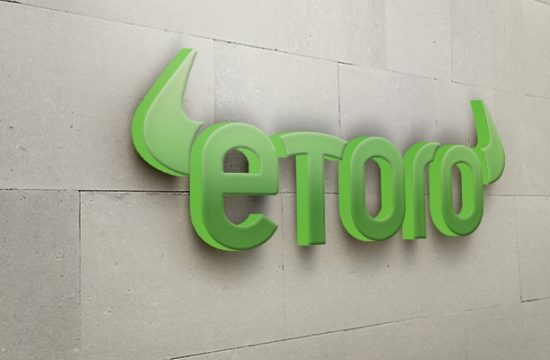Circle, the payments company that is behind the stablecoin USDC, has announced changes to how the reserves for USDC are being held in a move that is expected to make it more reliable, liquid and transparent as well.
USDC has been growing very strongly in recent months as an alternative to USDT as far as stablecoins are concerned. The fact that it is backed by a large company like Circle and it is regulated as well as working in its favor and we are seeing the transaction volume in USDC increasing every month. The vision behind stablecoins is that they should be pegged to the USD (in the case of USDC or USDT) or any other such fiat currency so that it can be used as an alternative to the fiat currency. Apart from that, it needed to be backed by reserves to cover 100% of the stable coin in circulation so that there would not be any liquidity issue at any point in time and any person anywhere in the world would always be able to convert it back into fiat at any point of time.
Though the stablecoin being 100% backed by reserves is an idealistic view, in reality, we have been seeing the reserve being only about 50% to 75% in the case of most of the stablecoins. Also, in most cases, the reserves are not held fully in cash and in some cases, the company behind the stablecoins does not give out many details about where the reserves are held. To maintain transparency and to ensure that they conform with the regulations and to bring to some trust within the community, these disclosures must be made from time to time, and true to that, Circle has now declared that all its reserves are held in case and short term US Treasuries.
The company stated that being open and transparent would help to build trust within their community and also help the overall ecosystem to grow as the users would begin to demand the same level of transparency from the other participants as well. The company also stated its intention to expand its services beyond the US and also work on other stablecoins that are focussed on non-USD fiat currencies.












